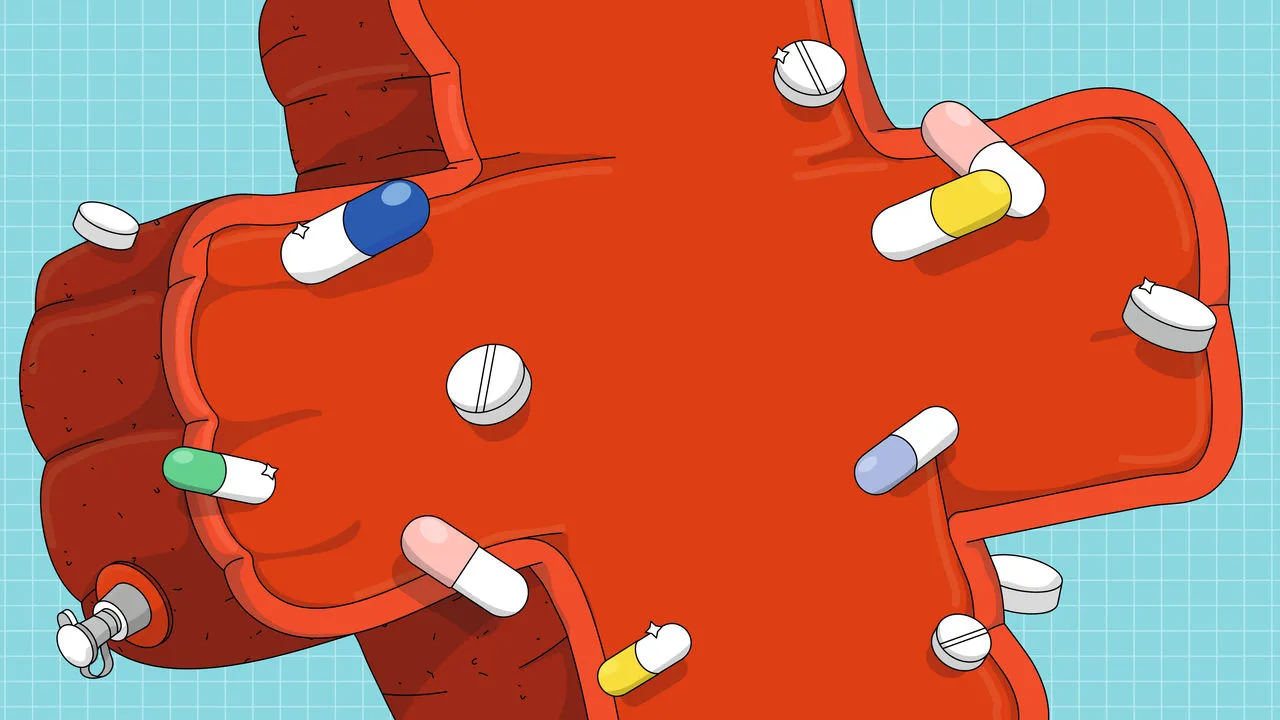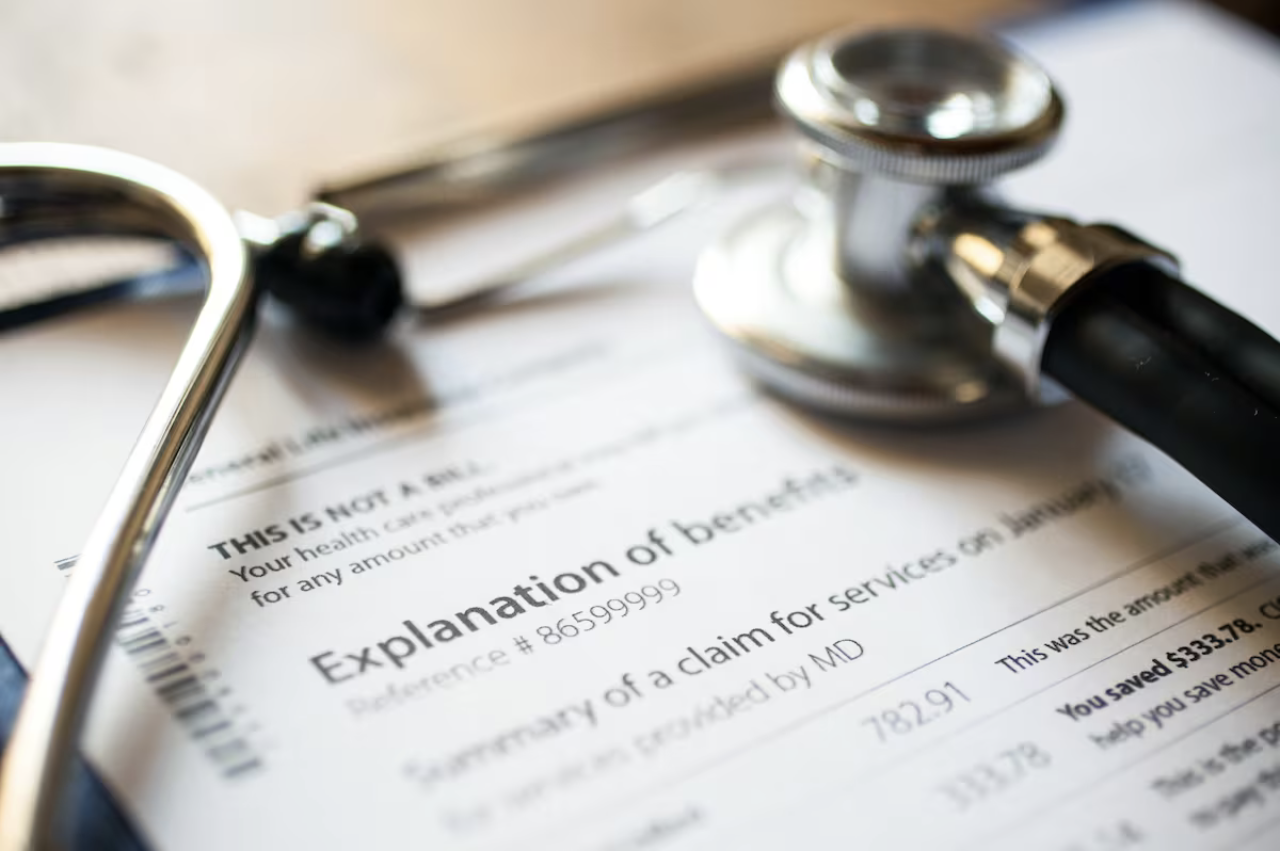Daniel Roberts kept the broken tooth — or what was left of it.
He can joke about the souvenir a month later, but initially found nothing funny about needing a dental procedure in the middle of the coronavirus pandemic.
“Basically, it was just rotten, and a good chunk of it was cracked,” Roberts says.
He had an emergency extraction in early May to remove his bottom right wisdom tooth. But he felt at ease in visits to his primary dentist and an oral surgeon, having seen the precautions both took to mitigate the spread of COVID-19.
“They were both very cognizant of what was going on,” said Roberts, a Montclair resident and special education teacher. “I had no issues. They really made sure to stress what was going on and to make me feel comfortable.”
After three months of handling only emergency cases due to the pandemic, dentists and oral health care specialists understand the challenges they face as they reopen their offices for elective procedures and preventative care.
The nature of their profession puts patients and staff at an increased risk of being exposed to the coronavirus. They’re working in people’s mouths and with instruments that can cause a spray of respiratory particles.
It’s enough to keep some patients away. But dentists and hygienists interviewed by NJ Advance Media say they are following guidelines recommended by the Centers for Disease Control and Prevention to keep patients and workers safe.
They’re hoping to regain the public’s trust by taking precautions to neutralize the risk. They also point to evidence from the CDC that no cases of COVID-19 have been traced to dental offices.
“We have always looked out for their safety in our office, and now, we’re not only taking the same precautions that we were before, but we’ve amped it up because we want them to feel comfortable coming in,” said Dr. Maxine Feinberg, a past president of the American Dental Association who runs a periodontist practice in Cranford.
But maintaining safety comes at a steep financial cost, and some dentists are passing it on to their patients.
They have purchased personal protective equipment (PPE), ventilation systems, ultraviolet lamps and new tools, despite many practices facing significant financial pressure from pandemic-related closures.
Patients will probably offset some of the cost in the form of office fees or increased rates for services. The prices may vary, but at least one Monmouth County practice announced a $15 PPE fee, which would be covered by some insurance carriers, including Delta Dental of New Jersey.
“Those costs need to be a real factor now in treatment delivery,” said Jim Schulz, the director of governmental and public affairs for the New Jersey Dental Association.
Dental practices, like several other industries, are struggling with the financial fallout of the pandemic.
An estimated 20% of them could close in the next year if business continues to plummet, according to a recent ADA study. That percentage could account for 1,200 practices across the state, according to Schulz.
“We’re talking the smallest of small businesses in New Jersey,where they have several employees, and the economic generation of that office feeds those families,” he said. “When we have compression in the marketplace, we have compression in access to care. And at a time in America when we’re talking about escalation and increasing access, we shouldn’t be following economic policies that directly cause compression in those places.”
Schulz said the NJDA is concerned — at least in the short term — about access to reasonably priced PPE, and the association supports plans for patients and insurance providers to offset some of the cost.
Some hygienists and dental assistants immediately felt the financial impact of the pandemic. Many were forced to take unemployment benefits, even if some stayed on to help with emergencies, according to Kim Attanasi, president of the New Jersey Dental Hygienists Association.
But with offices reopening for routine care, Attanasi said some hygienists have voiced safety concerns. Hygienists rely on polishers and other tools — like water jets — that create spray and release particles into the air.
“The way that our profession is set up, we have a license, but we work under the dentist, so we don’t really have control over the decisions,” Attanasi said. “But what I was telling all of the hygienists was that you need to have conversations saying, ‘I’m not comfortable with this.’ Or ‘I’m not comfortable with that. Can we try something else?’”
Attanasi said most of the concerns were over access to PPE.
The CDC, which has routinely warned that the coronavirus spreads through respiratory particles when infected people speak, cough or sneeze, recommends oral health care workers schedule 15-minute buffers between appointments to ensure particles in the air settle and surfaces are sanitized before a new patient arrives.
Most have implemented policies that exceed that recommendation, multiple dentists said.
The new normal
Dentists hope they don’t see any patients capable of spreading the coronavirus.
The problem?
The asymptomatic.
The reality that some people can pass on the virus without displaying symptoms limits the effectiveness of prescreening efforts. It forces oral health care workers to treat every patient like they have COVID-19.
There are five basic precautions recommended for every patient when they arrive for treatment in “the new normal,” Feinberg said. They range from questionnaires, temperature checks and empty waiting rooms.
Meanwhile, many dentists have embraced CDC-recommended policies involving ventilation systems, employee testing and specifics on PPE.
“If you’re following that, your level of comfort should be very high,” said Feinberg, who has also served as president of the NJDA.
What the industry faces in the pandemic reminds Feinberg, 64, of the challenges she and her colleagues experienced during the HIV/AIDS epidemic.
AIDS forced health care workers to reshape their practices and rethink the way they managed blood-borne pathogens.
“I had patients with significant periodontal disease that were afraid to go to the dentist,” Feinberg said. “We don’t want that to happen now, and we’re really concerned about that.”
That’s why Feinberg and industry leaders want to ensure the public that while there is an element of risk in oral care, dental offices have taken precautions.
“It’s important folks know that dental offices are open. They’re ready to treat you,” Schulz said. “While certainly dentists have an exposure issue potential, they also have worked hard at mitigating and understanding how to protect themselves and their patients.”




